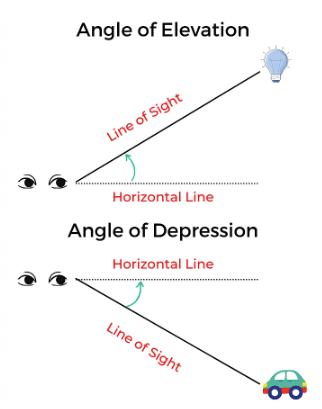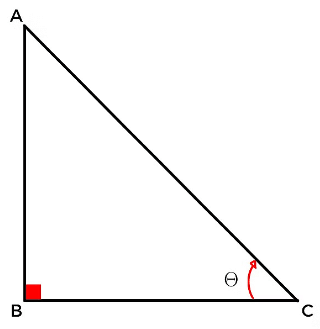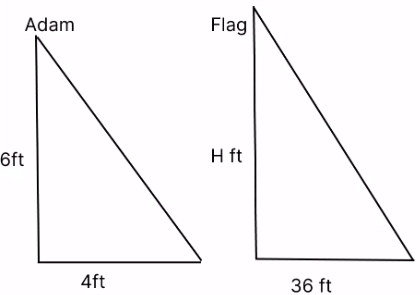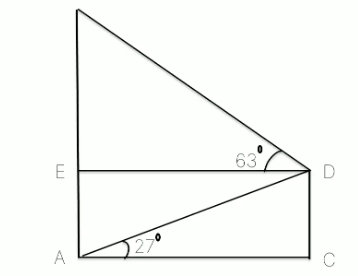Important Definitions & Formulas: Some Applications of Trigonometry | Mathematics (Maths) Class 10 PDF Download
Introduction
In Chapter 9, Class 10 students will learn how to use trigonometry to find the height and distance of objects without measuring them directly. In the past, astronomers relied on trigonometry to calculate distances between planets, Earth, and stars. This chapter explores various ways trigonometry is applied in everyday life.
Topics covered in this chapter include:
- Heights and distances
- The line of sight
- The angle of elevation
- The horizontal line
- The angle of depression
By using trigonometric ratios, we can determine the height or length of an object or the distance between two far-away objects.
Horizontal Level
The horizontal level refers to the straight line that runs through the observer's eye.
Line of Sight
The line which is drawn from the eyes of the observer to the point being viewed on the object is known as the line of sight.
Angle of Elevation
Angle of Depression

Height and Distance Formulas for Trigonometric ratio
ΔABC is a right-angled triangle where the side AB is the vertical side, AC is the longest side (the hypotenuse), and BC is the horizontal side.
The trigonometric ratios are defined as follows:
- Sin θ = AB/AC
- Cos θ = BC/AC
- Tan θ = AB/BC
- Cosec θ = AC/AB
- Sec θ = AC/BC
- Cot θ = BC/AB
Trigonometrical Identities:
- sin2θ + cos2 θ = 1
- 1 + tan2θ = sec2 θ
- 1 + cot2θ = cosec2 θ

 |
Download the notes
Important Definitions & Formulas: Some Applications of Trigonometry
|
Download as PDF |
Some Examples Using Above Formulas
Ans: The angle of elevation for the Sun will be the same for both the cases.
Therefore, the ratio of object to shadow will be the same for both the cases as per the proportionality rule.
Object height/ Shadow height = 6/ 4 = H /36
Therefore, H = 54 ft = Height of the flag

Q2: When a boy looks from the foot and the top of a tower at the roof of a building, the angles of elevation and depression are 27o and 63o, The height of this building is 40m, then calculate the height of the tower given that tan 630 =2.
Ans: Let the tower be AB
Let the building of height 40m be CD
In the given triangle ACD, AC/DC = cot 270
= cot (90-63)
AC/40 = tan 630 = 2
AC = 80m
Now, DE = AC = 80m
Also, in triangle BED, tan 630 = BE/DE
2= BE/80
Therefore, BE = 160 m
Therefore, the height of the tower can be calculated as AE + EB
= 40 +160 = 200m
|
127 videos|551 docs|75 tests
|
FAQs on Important Definitions & Formulas: Some Applications of Trigonometry - Mathematics (Maths) Class 10
| 1. What are the key trigonometric ratios used in height and distance problems? |  |
| 2. How can we calculate the height of a tree using trigonometry? |  |
| 3. What is the formula to find the distance of an object from a point when the angle of depression is known? |  |
| 4. What role does the angle of elevation play in solving height and distance problems? |  |
| 5. Can you explain the relationship between angles of elevation and depression? |  |




















